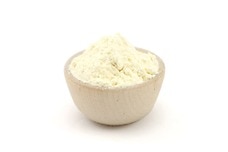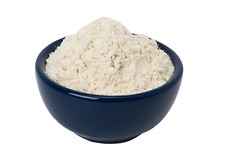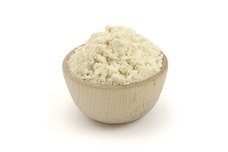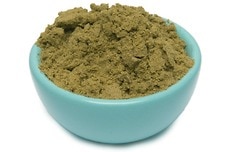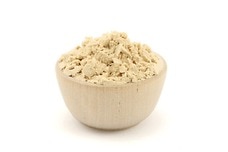Soy Protein vs. Whey Protein - Everything You Need to Know
Protein is a critical nutrient that your body uses to create new enzymes, muscle tissue, and hormones. Indeed, protein is found in every cell in the human body, meaning that you need to get plenty of it in your diet to ensure that your body continues to function properly. Each protein molecule is made up of amino acids, the building blocks that are strung together on chains to form protein. After digesting dietary protein, your body rearranges these amino acids to create new protein structures needed to perform various physiological processes.
One of the best ways to ensure you get enough protein in your diet is to drink protein shakes. There are hundreds of varieties of protein powder available, each with its own benefits and drawbacks. Two of the most common forms of protein are soy protein and whey protein. Understanding the differences between soy protein and whey protein allows you to make the healthiest choice for your body.
What Are Soy Protein & Whey Protein?
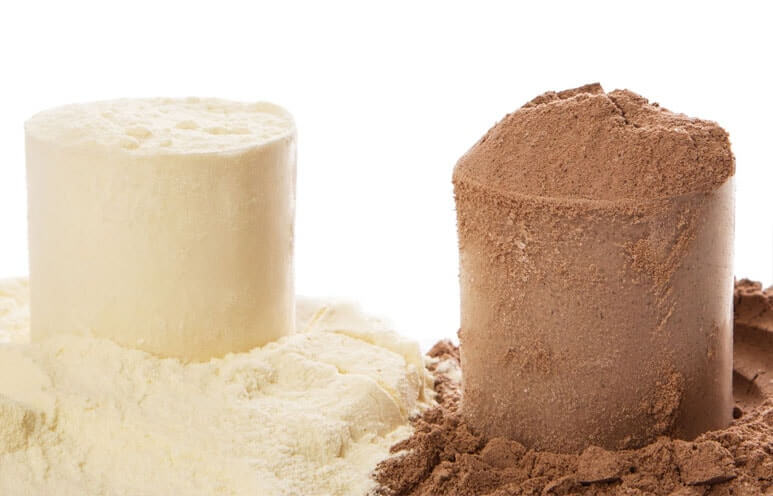
Soybeans are a type of legume that are naturally high in protein while remaining relatively low in fat. To create soy protein, manufacturers grind soybeans into a meal which contains no hulls or fat. This soybean meal is then processed into soy protein isolate, which consists of 90 to 95% protein (Soyfoods Association of America, 2013). This soy protein isolate is then sold in powder form. The soy protein powder can be used to make a protein shake or to add protein to other meals. Although soy protein isolate is naturally high in protein but very low in carbohydrates, many manufacturers add additional nutrients to commercial soy protein to improve its taste, texture, and nutritional value.
Whey protein, on the other hand, is made from cow’s milk. Cow’s milk naturally contains about 3.5% protein and 4% fat (MyProtein, 2014). After being pasteurized to kill any bacteria, special enzymes are added to the milk to separate casein -- the milk solids that are used to make cheese -- from the whey. This whey is processed further to remove carbohydrates, fats, and excess water. The end product is a protein-rich powder that can be used to make protein shakes.
Considerations When Choosing Between Soy and Whey Protein
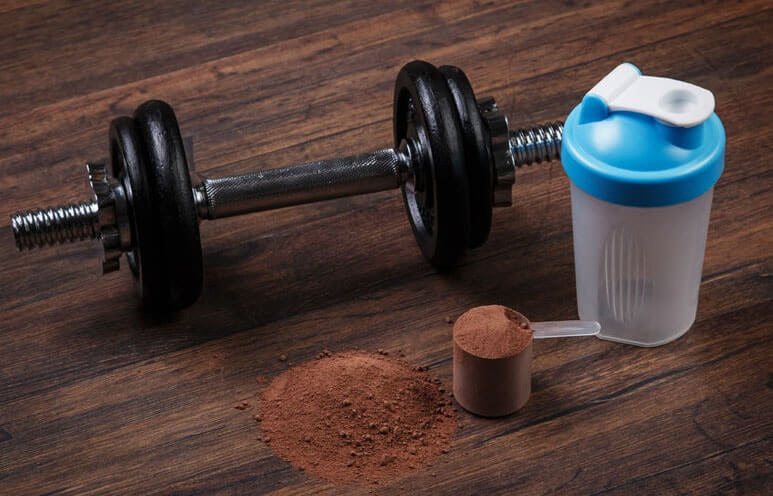
There are many considerations when choosing between soy protein and whey protein. Although these factors differ by brand, the following are some broad considerations when choosing a type of protein powder.
Taste and Texture
Whey protein tends to have a smooth, somewhat creamy texture and a mildly nutty taste. Soy protein has a stronger nutty flavor, and some people find the texture a bit grainier. In the end, the taste and texture of soy versus whey protein comes down to personal preference. Both are available in a variety of flavors and formulations. Certain brands may include additives or stabilizers that are meant to achieve a creamier, richer texture. Trying several brands before choosing one can help you avoid protein powder with an off-putting “chalky” texture.
Shelf Life
Both soy and whey protein are processed so that they are relatively shelf stable. Despite being derived from milk products, you do not need to worry about whey protein powder going bad quickly. A typical container of protein powder has an expiration date that is a year or more away (Ketchiff, 2015). However, you are unlikely to suffer any ill health effects from using protein past its “sell by” date. Although the flavor of the product might diminish, the nutritional value and stability of the product is unlikely to change (Ketchiff, 2015).
Type of Protein
One of the most important factors to look at when evaluating a protein powder product is the amino acid profile. There are 22 types of amino acids used by the human body; nine of these cannot be synthesized by the body and must be obtained from dietary sources. Both soy and whey protein are “complete” proteins, meaning that they contain these nine essential amino acids. However, they differ slightly in their relative concentrations of the essential amino acids. For example, whey protein tends to be higher in leucine, isoleucine, methionine, and lysine (Misner, 2015). In contrast, soy protein is higher than whey protein in arginine, phenylalanine, and tryptophan.
Because lysine has been associated with muscle growth and methionine with accelerated fat loss, many bodybuilders choose whey protein for its superior profile of these amino acids (Robson, 2016). However, both soy and whey protein contain adequate amounts of essential and nonessential amino acids to support general health.
Dietary Restrictions
Other dietary restrictions may determine whether soy or whey protein is best for you. For example, whey protein comes from an animal source and is not appropriate for a vegan diet. In contrast, soy protein is vegan-friendly and can be a good way for vegans to ensure they get enough protein.
Additionally, people who are lactose intolerant may need to carefully consider their protein options. Soy protein does not contain lactose and is perfectly appropriate for people who are lactose intolerant. When it comes to whey protein, it depends on the form of protein you choose. Whey protein comes in three main forms: whey concentrates (the least processed form), whey isolates, and whey hydro-isolates (the most processed form) (Axe, 2015). Although whey concentrates have some lactose filtered out, they may still cause gastrointestinal problems for lactose intolerant people. Whey isolates or hydro-isolates have been processed to remove lactose, making them more appropriate for lactose intolerant individuals.
Other Nutritional Considerations
Protein is not the only consideration when choosing whey or soy powder. These powders also contain other nutrients that support your general health. For example, soy naturally contains B complex vitamin, vitamin E, zinc, iron, phosphorus, and potassium (Robson, 2016). Whey protein also contains important vitamins and minerals, including calcium, iron, potassium, phosphorus, and magnesium. The exact amounts of these nutrients varies by brand, making it important to check nutrition labels before you buy.
Another nutrition consideration when evaluating whey versus soy protein is the phytoestrogen content in soy. Soybeans naturally contain phytoestrogens, which mimic the activity of estradiol, the primary female sex hormone (Robson, 2016). Historically, some people have been concerned that eating soy could increase levels of estrogen while decreasing testosterone levels. However, more recent scientific research suggests that consumption of soy has no ill effects on hormone levels or general human health. In fact, consumption of soy protein has been shown to promote lean muscle growth while stimulating weight loss (Robson, 2016). Thus, concerns about the phytoestrogen content in soy protein is not a strong reason to choose whey protein over soy alternatives.
Personal Preference
When it comes to foods, there is no “one size fits all” approach. It may take some trial and error to determine the specific variety of soy or whey protein that works best for you. Some people experience gas, bloating, or gastrointestinal problems after using certain types of protein. This may be a sign that your body is reacting poorly to some ingredient in the protein, but it does not mean that another brand of soy or whey protein will not work for you. Experiment with different types, flavors, and ingredient ratios when making protein shakes until you determine what works best for you.
Recipes with Protein Powder
The following recipes utilize whey or hemp protein powder, though substitutions can be made. It may take some slight experimentation to find the right amount of soy or whey powder to use for a substitution- but, once a balance is found, the results are sure to taste great!
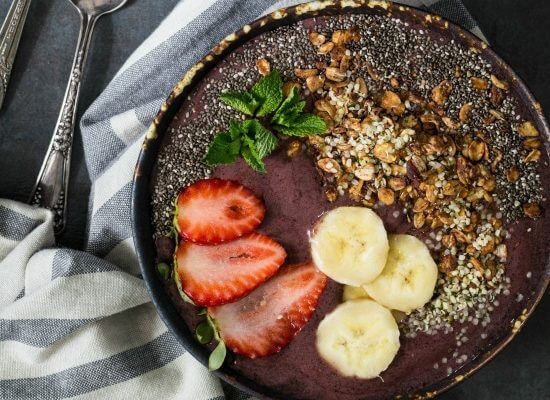
Protein Acai Bowl Recipe
A delicious smoothie in a bowl, this recipe uses whey powder to fit the needs of those seeking a small meal that delivers a protein with more lysine than the powders derived from plant-based sources.
Ingredients: Frozen strawberries, almond milk, whey protein powder, acai powder, banana, fresh fruit toppings
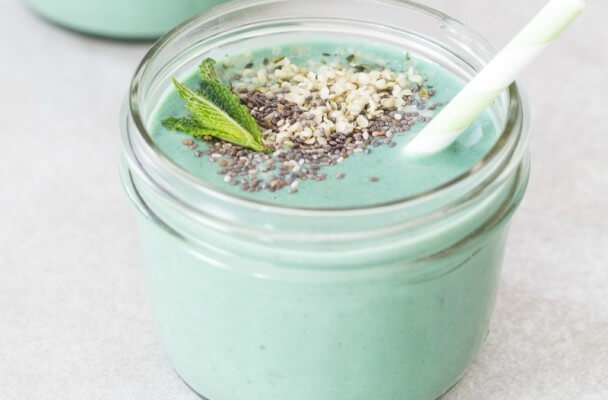
Protein-Packed Detox Smoothie Recipe {vegan}
Though this smoothie uses hemp powder as its protein source, you can ensure that this drink offers an adequate amount of all nine essential amino acids by substituting soy or whey protein powder. Soy powder can even keep the drink vegan.
Ingredients: Almond milk, frozen banana, spirulina, hemp protein powder (optional), fresh mint, chia seeds, hemp hearts.
Total Time: 5 minutes
| Yield: 2 servings
Protein Powders and Smoothie Ingredients
For a more robust list of protein powder and protein shake ingredients, be sure to check out our protein shakes page!
Healthy Eating
- Healthy Snacks
- Healthy Meals
- Healthy Recipes
- Sports Nutrition
- Nutrition and Special Diets
- 21 Day Fix
- 5 Popular Diet Similarities
- Alkaline Diet
- Anti-Inflammatory Diet
- Calorie Counting
- Carb Cycling Diet
- Celiac Disease
- Cholesterol
- Clean Eating
- Crohn's Disease
- DASH Diet
- Detox Diet
- Diabetes
- Diabetes Diet
- Diet Pill Dangers
- Fat Burning Foods
- Gluten-free Diet
- Glycemic Index
- Heart Health
- High Blood Pressure Diet
- High Fiber Foods
- How to Eat Healthy
- How to Lower Blood Pressure
- Hypertension
- IBS Diet
- Ketogenic Diet
- Liquid Diet
- Low GI Foods
- Low-Carb Diet and Foods
- Low-Fat High-Carb Diet
- Mediterranean Diet
- Mediterranean Diet Foods
- Military Diet
- Nutrition Labels Explained
- Paleo Diet
- Raw Food Diet
- Superfoods
- Sustainable Weight Loss
- Thrive Diet
- Vegan Diet
- Vegetarian Diet
- Weight Loss Shakes
- Whole30
- Vitamins, Minerals & Nutrients

